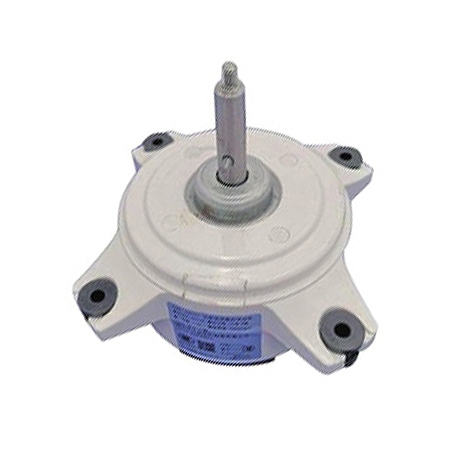A motor is an electrical device that converts electrical energy into mechanical energy. Generally, motors output rotational motion by utilizing the force generated by the interaction between a magnetic field and an electric current – known as the Lorentz force. A motor consists of a rotor, which has a rotating…
When discussing brushless motors within the industry, several technical terms and concepts are commonly used to describe their characteristics and operation. Here are some industry words and phrases associated with brushless motors: Stator: The stationary part of a brushless motor that contains the coils of wire through which the current…
X-team is a leading company specializing in the research, development, and manufacturing of brushless motors. With advanced technology and craftsmanship, X-team’s brushless motors offer numerous advantages and find applications in various industries. 1. Efficiency: X-team’s brushless motors are highly efficient. By adopting brushless technology, electronic commutation replaces traditional brushes and…
Introduction: The design of high-power motors operating at 800V voltage poses unique challenges and considerations. These motors find applications in various industries, including automotive, industrial automation, renewable energy, and more. This article aims to explore the key factors to consider when designing high-power motors at an 800V voltage rating. 1.…
The underwater special propulsion motor is a highly technical electric propulsion device, whose technical content includes fluid design, motor design and material selection. It has a novel and unique structure with unique and superior characteristics, which makes it ideal for use as a propulsion system for underwater robots and also…
Why do motors generate shaft currents? The current in the shaft-bearing housing-base circuit of a motor is called shaft current. Causes of shaft currents:[1] 1. Asymmetry of the magnetic field; 2. Harmonics in the supply current; 3. Poor manufacturing and installation, uneven air gap due to rotor eccentricity; 4. Gaps…
What is a DC inverter fan? When we buy an electric fan, the manufacturer sales will refer to some high-end fans as DC inverter fans. In principle, the workflow of the so-called inverter technology is all about converting 50Hz alternating current (AC) to direct current (DC) and then to 30-130…
Introduction Vibration and noise are the most common problems in motor testing and operation. There are many causes of vibration and noise, and it is not easy to distinguish them completely. In many cases, we will attribute vibration and noise caused by vibration to the rotor dynamic balancing link, and…











